Pond Uv Filter How Fast Shouldwater Flow?
The water flow rate for a pond UV filter can vary depending on the specific model and size of the pond. However, a general guideline is to aim for a flow rate that allows all the water in the pond to pass through the UV filter at least once every 2-3 hours. This ensures that the water is effectively treated by the UV light to eliminate algae and harmful microorganisms. It's important to consult the manufacturer's recommendations for the specific UV filter being used to determine the optimal flow rate for efficient and effective water treatment.
1、 Importance of Water Flow in Pond UV Filters

The importance of water flow in pond UV filters cannot be overstated. The speed at which water flows through the UV filter is crucial in ensuring the effectiveness of the filtration process. The optimal flow rate for a pond UV filter is typically around 500-1000 gallons per hour, although this can vary depending on the size of the pond and the specific requirements of the UV filter.
Adequate water flow is essential for several reasons. Firstly, it ensures that the water is exposed to the UV light for a sufficient amount of time, allowing the UV radiation to effectively kill off harmful bacteria, algae, and other microorganisms. Additionally, proper water flow helps to distribute the treated water throughout the pond, ensuring that all areas receive the benefits of the UV filtration.
In recent years, there has been a growing emphasis on the importance of optimizing water flow in pond UV filters. Research has shown that maintaining a consistent and appropriate flow rate can significantly enhance the overall performance of the UV filter, leading to clearer, healthier water in the pond. Furthermore, advancements in UV filter technology have allowed for more precise control over water flow, enabling pond owners to tailor the filtration process to the specific needs of their pond environment.
In conclusion, the speed at which water flows through a pond UV filter is a critical factor in ensuring the effectiveness of the filtration process. By maintaining an optimal flow rate, pond owners can achieve cleaner, healthier water for their aquatic environment.
2、 Optimal Water Flow Rate for UV Filtration

The optimal water flow rate for UV filtration in a pond UV filter is an important factor to consider for effective water treatment. The general consensus among experts is that the water flow rate should be around 1-2 gallons per minute (GPM) per watt of UV light. This means that if you have a UV filter with a 20-watt bulb, the ideal flow rate would be between 20-40 GPM.
Maintaining the proper flow rate is crucial for ensuring that the water is exposed to the UV light for a sufficient amount of time to effectively kill off harmful microorganisms such as bacteria, viruses, and algae. If the flow rate is too high, the water may pass through the UV chamber too quickly, reducing the exposure time and compromising the filtration efficiency. On the other hand, if the flow rate is too low, the water may spend too much time in the UV chamber, which can lead to overheating and reduced effectiveness of the UV light.
It's important to note that the latest point of view on UV filtration emphasizes the need for proper sizing and flow rate to ensure optimal performance. Additionally, advancements in UV filter technology have led to the development of more efficient UV bulbs and chambers, which may impact the recommended flow rates. Therefore, it's advisable to consult the manufacturer's guidelines and recommendations for the specific UV filter model being used to determine the most suitable water flow rate for effective UV filtration in a pond setting.
3、 Factors Affecting Water Flow in UV Filters

Factors Affecting Water Flow in UV Filters
The speed at which water should flow through a pond UV filter is an important consideration for its effectiveness. The optimal flow rate ensures that the water is exposed to the UV light for a sufficient amount of time to effectively kill algae, bacteria, and other harmful microorganisms. The ideal flow rate for a UV filter can vary depending on the specific model and size of the filter, but generally, a flow rate of around 400-800 gallons per hour (GPH) is recommended for most pond UV filters.
Several factors can affect the water flow in UV filters, including the size of the pond, the intensity of the UV light, the quality of the water, and the design of the filter itself. It's important to consider these factors when determining the appropriate flow rate for a UV filter to ensure optimal performance.
In addition to these traditional factors, the latest point of view also emphasizes the importance of considering the environmental impact of water flow in UV filters. With a growing focus on sustainability and energy efficiency, there is a greater emphasis on optimizing the flow rate to minimize energy consumption while still achieving effective water treatment. Manufacturers are increasingly developing UV filters with adjustable flow rates and energy-efficient designs to address these concerns.
In conclusion, the optimal water flow rate for a pond UV filter is influenced by various factors, including the size of the pond, UV light intensity, water quality, and filter design. The latest perspective also emphasizes the importance of considering energy efficiency and environmental impact when determining the appropriate flow rate for UV filters. By taking these factors into account, pond owners can ensure that their UV filters effectively treat the water while minimizing energy consumption and environmental impact.
4、 Calculating Water Flow for Effective Filtration

"Pond UV filter how fast should water flow" is an important consideration when it comes to effective filtration in a pond. The flow rate of water through a UV filter is crucial for ensuring that the water is exposed to the UV light for a sufficient amount of time to effectively kill algae, bacteria, and other harmful microorganisms.
To calculate the ideal water flow for a pond UV filter, you can use the formula: Flow rate (in gallons per hour) = Pond volume (in gallons) / 2. This formula ensures that the water passes through the UV filter at a rate that allows for adequate exposure to the UV light, thereby maximizing its effectiveness in sterilizing the water.
However, it's important to note that the ideal flow rate may vary depending on the specific UV filter and the size of the pond. Some UV filters may have specific flow rate recommendations provided by the manufacturer, and it's important to follow these guidelines for optimal performance.
In addition, advancements in UV filter technology may have led to improvements in efficiency and effectiveness, so it's always a good idea to consult the latest information from manufacturers or industry experts to ensure that you are using the most up-to-date recommendations for water flow in pond UV filtration systems.
Ultimately, maintaining the proper water flow rate through a pond UV filter is essential for achieving clean, clear, and healthy pond water.


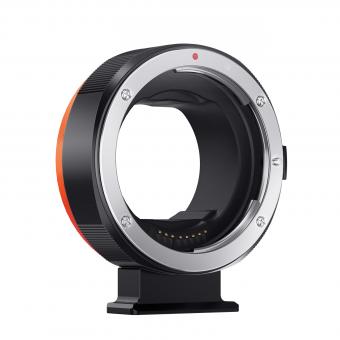
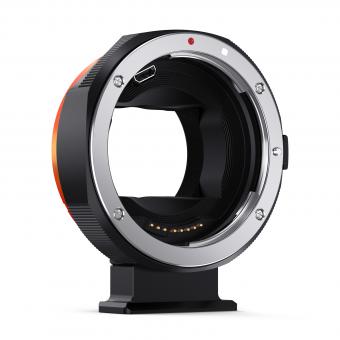
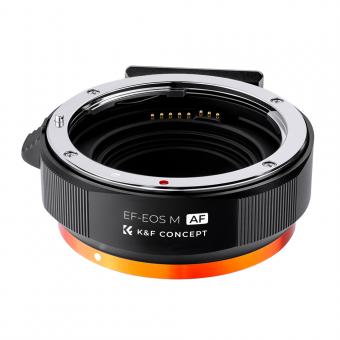
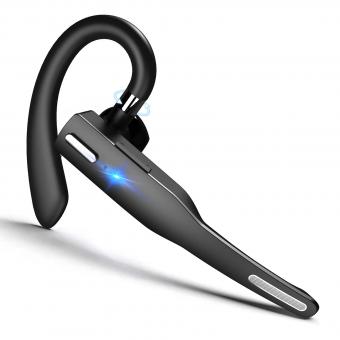

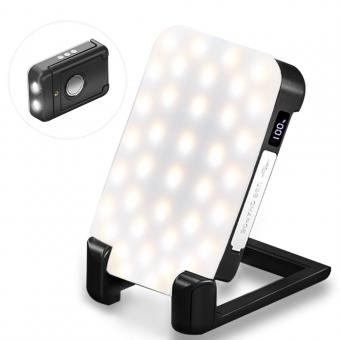
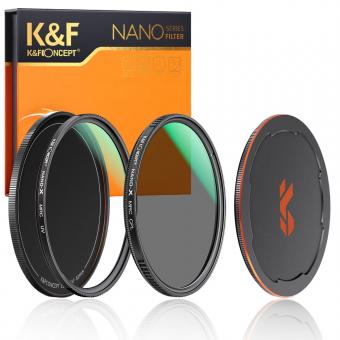






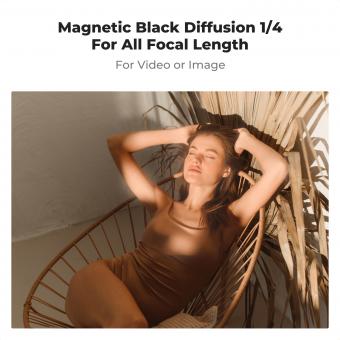




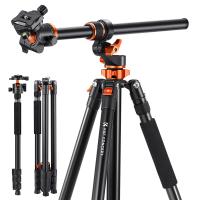







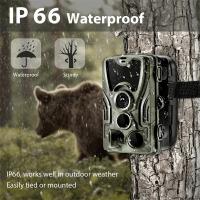
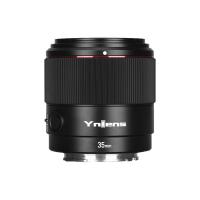

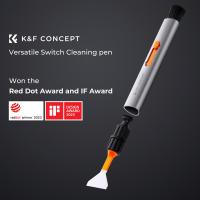
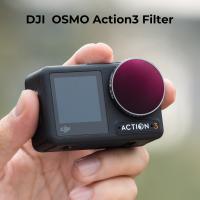
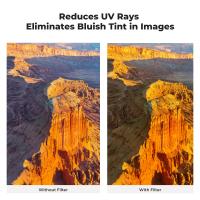

There are no comments for this blog.